Conservation, planning may get high-tech boost with 3D, drones
SINGAPORE — The Urban Redevelopment Authority (URA) is exploring a new way to boost conservation and urban planning efforts: Sending drones into the air to create 3D renditions of buildings and areas.
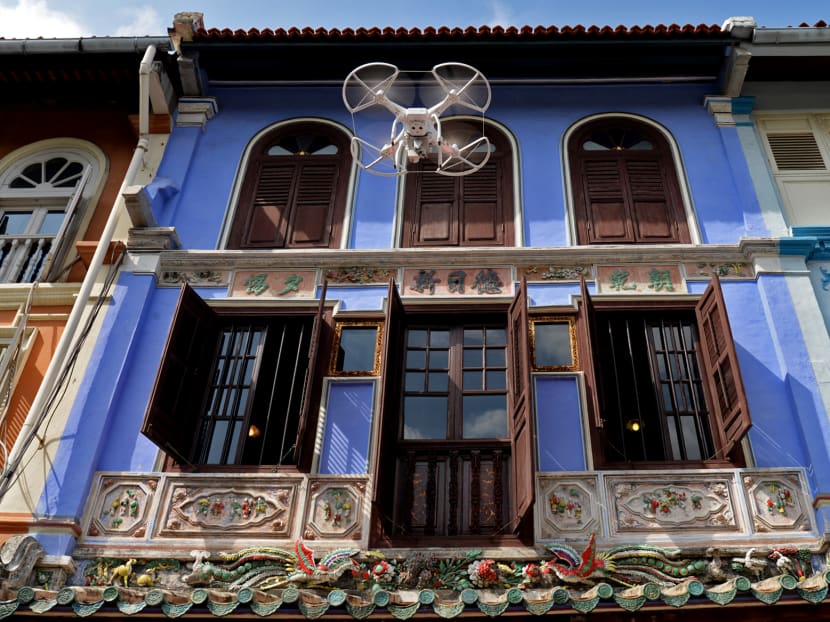
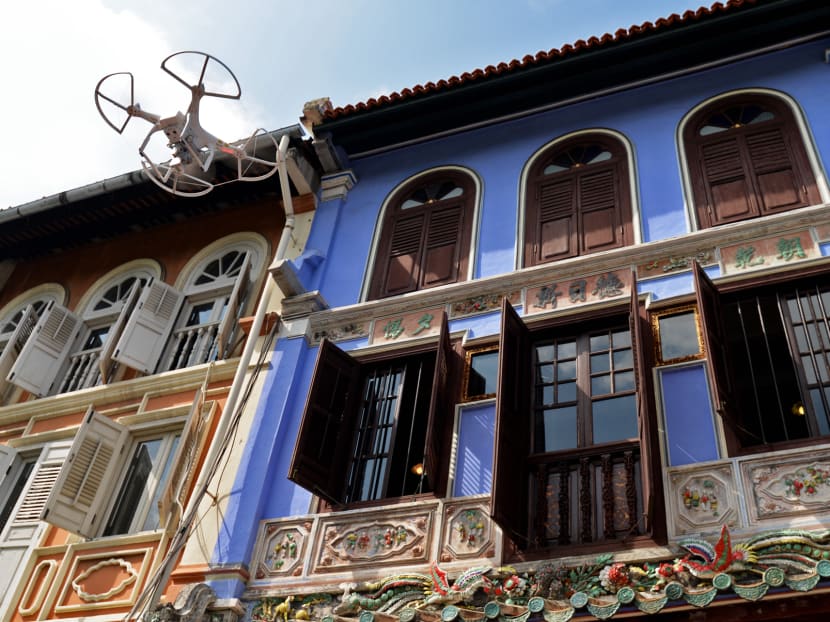
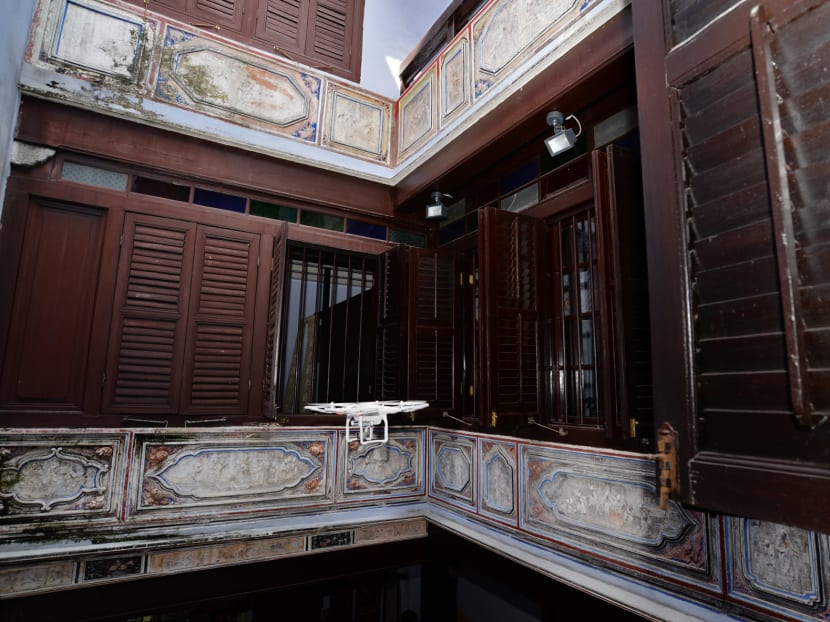
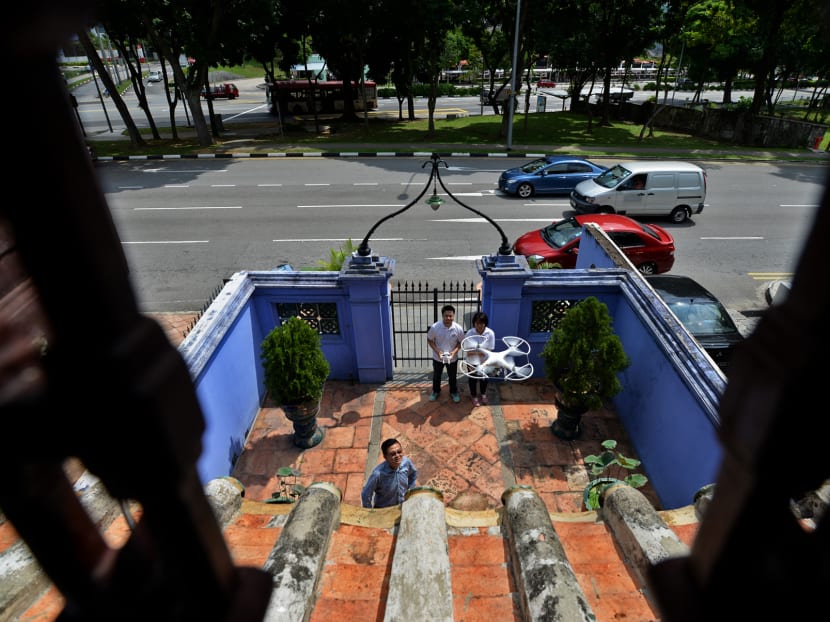
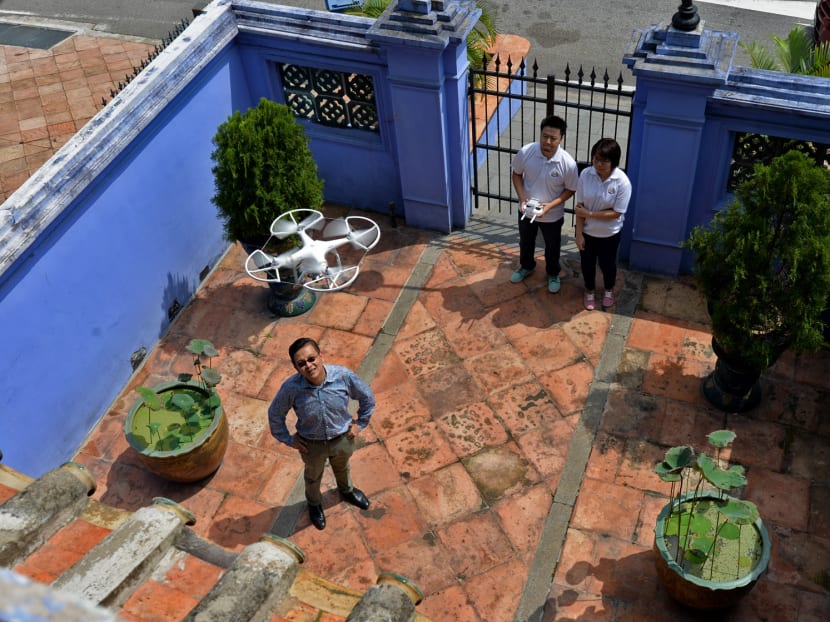
SINGAPORE — The Urban Redevelopment Authority (URA) is exploring a new way to boost conservation and urban planning efforts: Sending drones into the air to create 3D renditions of buildings and areas.
Video: Low Wei Xin
The 3D models are created using photogrammetry, which involves the capturing of photos from different angles using high-speed digital photography. The photos are then used to calculate size and shape, and the 3D model is stitched together and edited with computer software.
This is the first time the URA is using a combination of drones and photogrammetry technology. It has used drones to capture aerial 2D images since 2013 for areas around Singapore such as the Jurong Lake District and the Rail Corridor.
Commenting on the use of drone technology, Mr Kelvin Ang, director of conservation management at URA said: “It offers us a safe, affordable and timely way to get information to monitor the state of our built heritage. With more information, we can work better with the community to better understand how to maintain the buildings for the future.”
In a press release today (May 20), the URA added: “Creating fine-grained 3D digital models of our built heritage potentially offers a new dimension to document our conserved buildings in more intricate and accurate detail. Planners can use these digital models to plan and carry out research, guide restoration, as well as monitor and manage the state of our built heritage in a more effective way.”
Not only is using drones cheaper and less manpower-intensive than previous methods to create 3D models, it also saves conservation planners from having to physically scale a building to see the rooftops and other aspects of conserved buildings, such as architectural motifs.
“Sharing these 3D digital models with the public also enables them to have a deeper appreciation of our built heritage,” added the URA.
The authority started the effort with a trial at the National University of Singapore Baba House in February in a partnership with tech company Avetics. In addition, the agency said it is exploring the creation of 3D digital models of the urban environment using drone technology, so as to help in urban planning.
In the coming months, the URA will carry out another trial to to capture accurate details of the profile, terrain, and contours of the Pearl’s Hill district and Chinatown area.
Said Mr Ang: “Being able to use 3D technology allows us to plan in a way that is closer to how citizens experience the city. We can understand our landscape better, and therefore make more informed decisions.”
With 3D models of city landscapes, planners can simulate various scenarios, and analyse different elements like transportation and wind tunnels.
Today, the URA also launched a month-long exhibition — partnering 15 organisations such as Gardens By The Bay and the Maritime and Port Authority — on how drones are changing the way the world is seen.
The free exhibition, which will run until June 25 at the URA Centre Atrium, showcases drones that can swim, or respond to voice control, and fall into three sections: 3D digital modelling, aerial imaging and environmental and infrastructure monitoring.
In his opening address at the launch, URA chairman Peter Ho said drone technology is helping to open up new possibilities for various uses.
“With the increasing use of drones and the immense possibilities they offer, I envisage a drone eco-system in the future in which infrastructure is developed to support their varying applications and the test-bedding of potential applications,” he added.
Heritage experts TODAY spoke to generally applauded the move to use drones to boost conservation efforts, but some cautioned against potential pitfalls.
Dr Nazry Bahrawi, a lecturer at Singapore University of Technology and Design, said: “While it is a laudable move in terms of the technological and cost benefits it brings, it also presents us an opportune time to open up the debate about the ethics of the usage of technology.”






